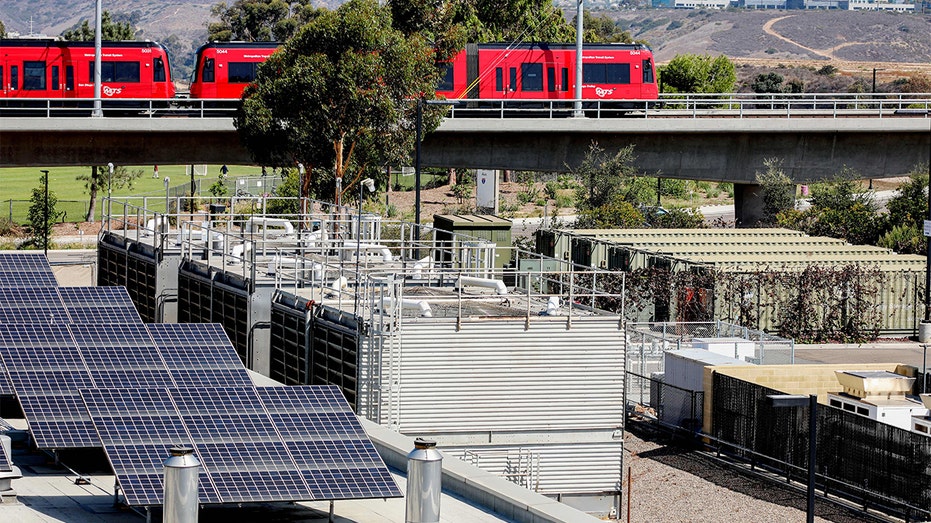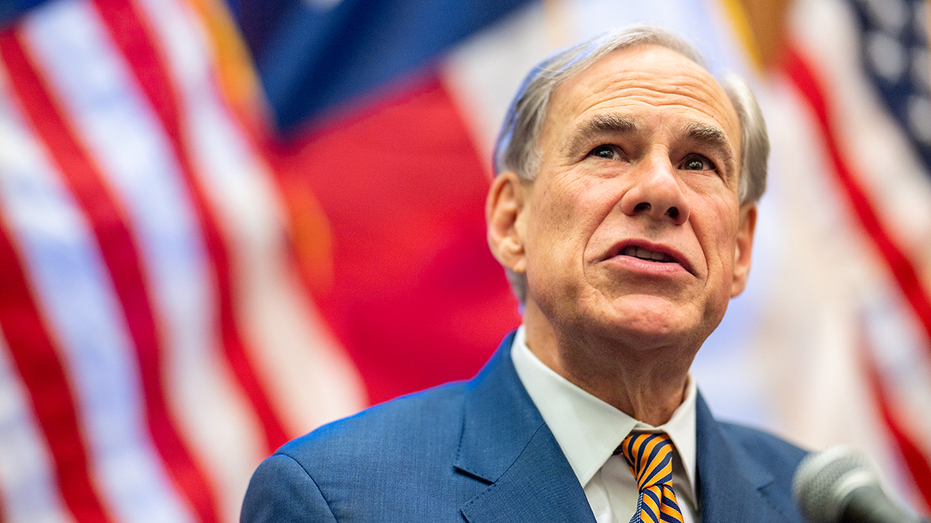A fierce debate rages over why electricity bills are soaring, with fingers pointed in every direction. Some blame former President Trump’s policies, others the insatiable energy demands of artificial intelligence, and still others simply point to inflation. But a closer look reveals a far more complex – and troubling – truth.
The scramble to assign blame isn’t about finding solutions; it’s about political maneuvering. This was vividly on display when California Governor Gavin Newsom traveled to Brazil for a global climate conference, a move widely seen as a prelude to a potential presidential run. He sharply criticized the Trump administration’s absence, framing it as a betrayal of the future and a gift to China.
Newsom proudly proclaimed California’s commitment to clean energy, boasting that the state often runs on 100% non-fossil fuels. Yet, California now suffers from the second-highest electricity prices in the nation, a staggering 127% increase since 2010. This stark contradiction reveals a hidden reality: “green” energy, as currently implemented, is demonstrably expensive.
The intermittent nature of wind and solar power – working reliably only about 60% of the time – necessitates costly backup systems. Ensuring power is available when the sun doesn’t shine or the wind doesn’t blow requires significant investment in gas power and battery storage, adding substantial costs to the grid. This is a primary driver of the escalating prices consumers are facing.
Across the United States, residential electricity rates have surged 63% since 2010, with states aggressively pursuing renewable energy mandates experiencing the steepest increases. Massachusetts and California now pay over 30 cents per kilowatt-hour, a burden on families and businesses alike. The narrative of cheap, clean energy is simply not holding up.
Data centers, often cited as energy hogs fueling the AI boom, are a convenient scapegoat. While they consume significant power, states like Virginia – a data center hub – haven’t seen the same dramatic price increases as California. This suggests the problem lies elsewhere, in the fundamental structure of the energy supply.
The claim that renewable energy costs are falling is misleading. Subsidies, like the federal production tax credit, allow wind and solar operators to undercut the market, distorting prices and driving reliable power plants out of business. This creates a vicious cycle of dependence on intermittent sources and the need for expensive backup.
Between 2010 and 2024, U.S. electricity capacity grew by 16%, but retail sales only increased by 5%. While more power is available, the *type* of power has drastically shifted. Reliable, dispatchable sources like coal, gas, and nuclear have plummeted, while intermittent wind and solar have exploded, increasing seven-fold.
This trend is accelerating, with thousands of megawatts of fossil fuel plants scheduled for closure. Replacing them with more subsidized wind, solar, and batteries is a recipe for instability and higher prices. Prematurely shutting down reliable power plants, like the Oyster Creek nuclear facility, has already had devastating consequences.
The Biden administration’s environmental regulations, now being revisited, threatened to shutter most coal plants by 2032. Similarly, mandates for electric vehicles ignore the immense strain on the grid and the limitations of renewable energy in providing the necessary power. The pursuit of a “zero-emission” future is colliding with the realities of physics and economics.
A potential shift is on the horizon. Reversing course, new policies prioritize affordable, dispatchable energy, encouraging nuclear builds and streamlining pipeline projects. This isn’t about abandoning clean energy; it’s about restoring a reliable and affordable energy supply.
The promise of cheap, green power has proven to be a false one, delivering instead unaffordable and unreliable electricity. A stable grid, powered by a diverse mix of energy sources, is essential for economic prosperity. Americans deserve a system that fuels growth, not bankrupts it.






